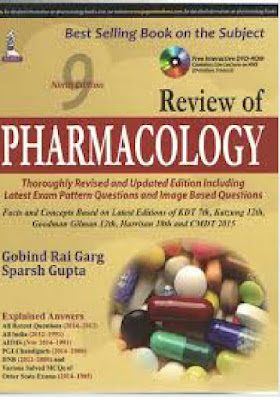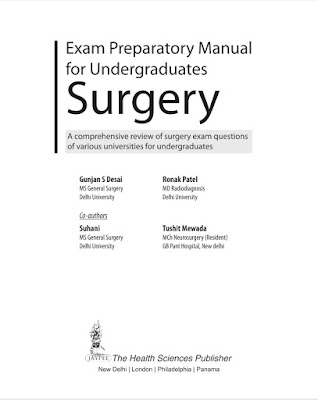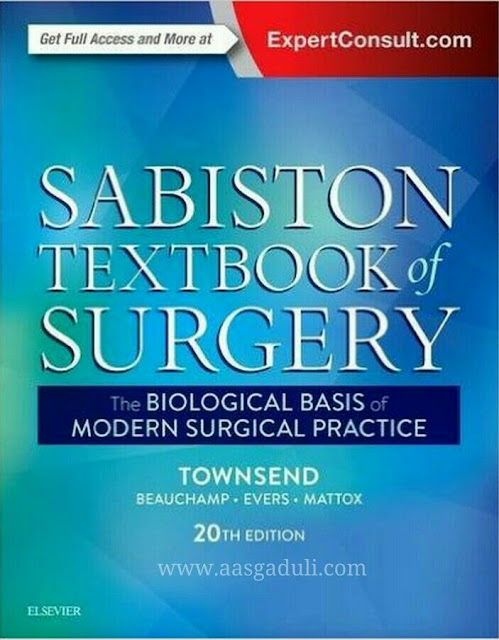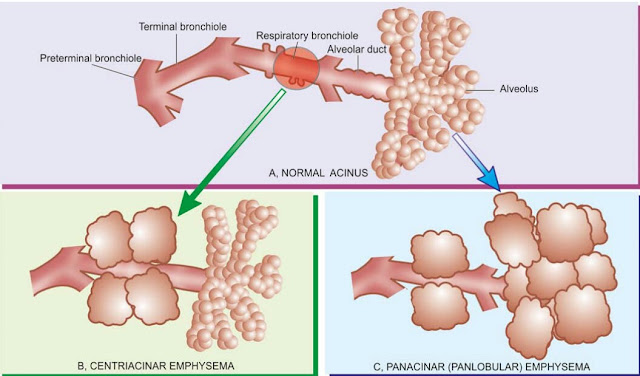Williams GYNECOLOGY
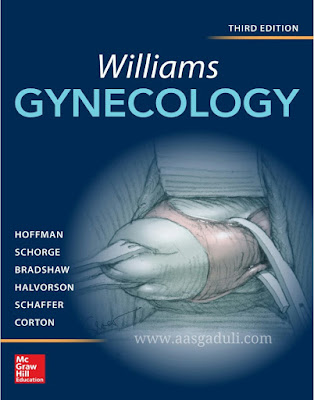
Williams GYNECOLOGY CONTENTS Editors Contributors Artists Preface Acknowledgments SECTION I : BENIGN GENERAL GYNECOLOGY 1. Well Woman Care 2. Techniques Use For Imaging In Gynecology 3. Gynecologic Infections 4. Benign Disorders Of The Lower Genital Tract 5. Contraception And Sterilization 6. First Trimester Abortion 7. Ectopic Pregnancy 8. Abnormal Uterine Bleeding 9. Pelvic Mass 10. Endometriosis 11. Pelvic Pain 12. Breast Disease 13. Psychological Issue And Female Sexuality 14. Pediatrics Gynecology SECTION II : REPRODUCTIVE ENDOCRINOLOGY, INFERTILITY AND THE MENOPAUSE 15. Reproductive Endocrinology 16. Amenorrhea 17. Polycystic Ovarian Syndrome and Hyperandrogenism 18. Anatomic Disorders 19. Evaluation Of the Infertile Couple 20. Treatment Of the infertile Couple 21. Menopausal Transition 22. The Mature Woman SECTION III : FEMALE PELVIC MEDICINE AND RECONSTRUCTIVE SURGERY 23. Urinary Incon
